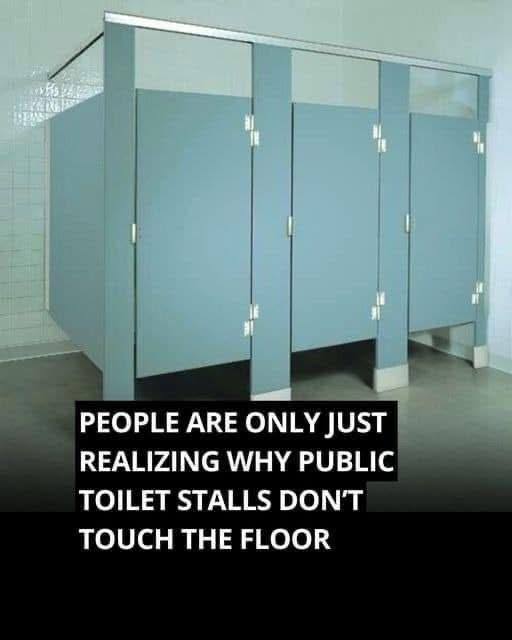Why do public bathroom doors not reach t
Ever wondered why public restroom stall doors stop short of the floor?
At first glance, the design may seem odd or inconvenient.
Many assume it’s just a cost-cutting tactic, but the gap is intentional and serves several practical purposes.
One of the main reasons is cleanliness. Public restrooms see heavy use, and spills are common.
Shorter doors allow cleaning staff to mop and sanitize without entering each stall.
This speeds up maintenance and ensures every corner can be reached, keeping the space more hygienic.
Safety is another key factor. Emergencies can happen in restrooms—someone might faint or need urgent help.
The gap allows others to notice if someone has collapsed and even crawl under the door if necessary. Without it, assistance would be slower and harder.
Ventilation also plays a role. Restrooms can quickly accumulate odors, and airflow is essential.
The space beneath the doors helps air circulate more freely, dispersing smells faster and making the restroom more comfortable.
Efficiency is improved as well. In busy places like airports or malls, turnover matters. By glancing under the door, users can easily tell if a stall is occupied, reducing awkward interruptions and keeping lines moving smoothly.
The design even discourages misuse. Full-length doors offer privacy but can also invite vandalism or unsafe behavior. With partial doors, visibility creates accountability, making it less likely people will damage property or act inappropriately.






